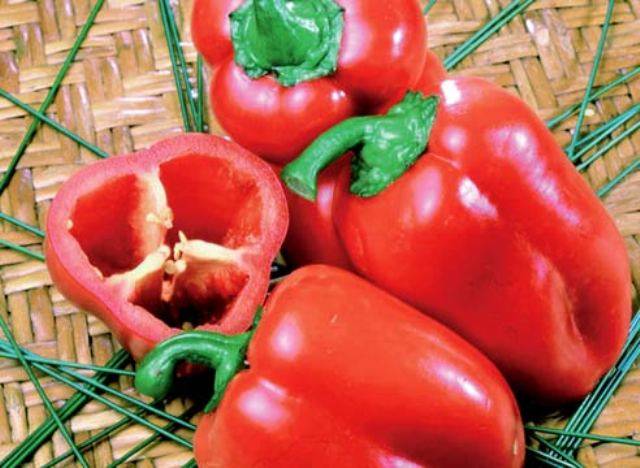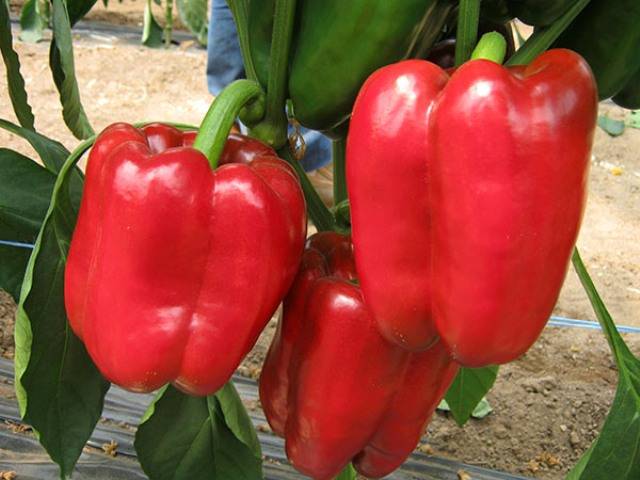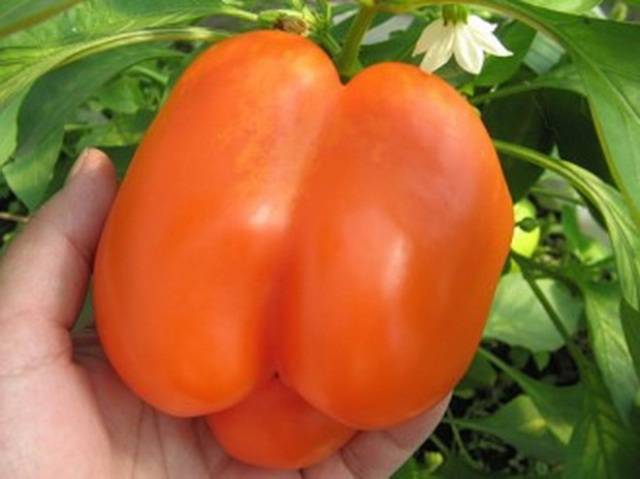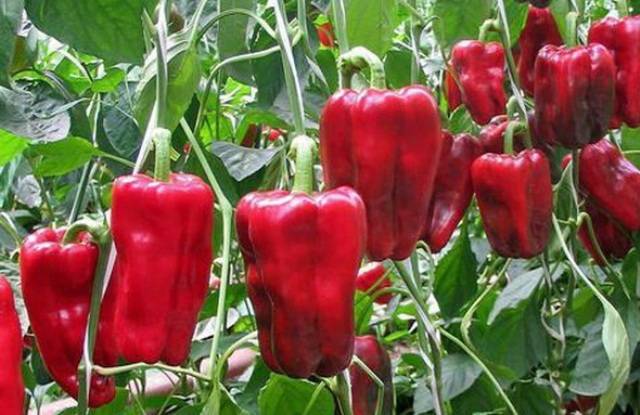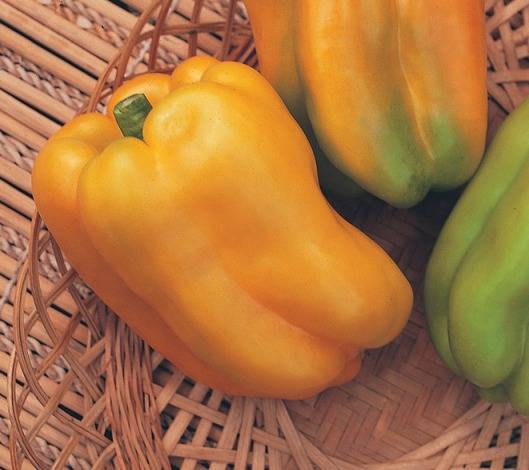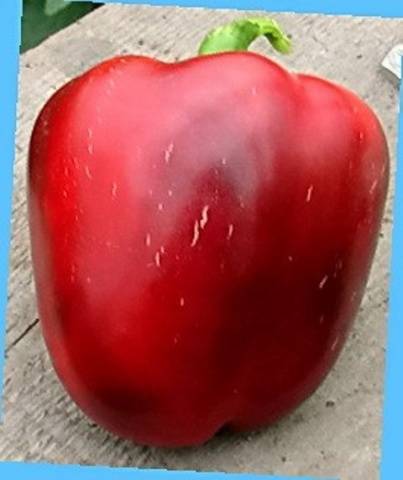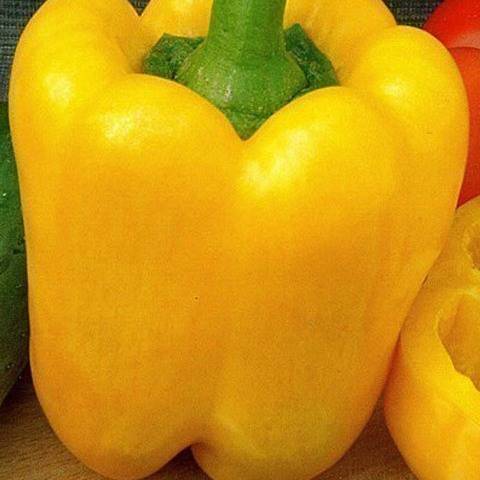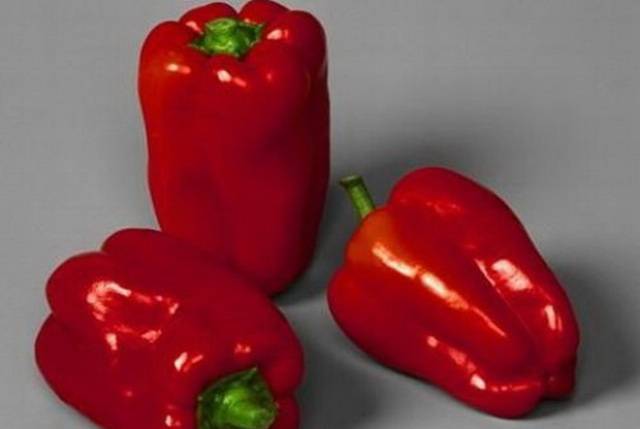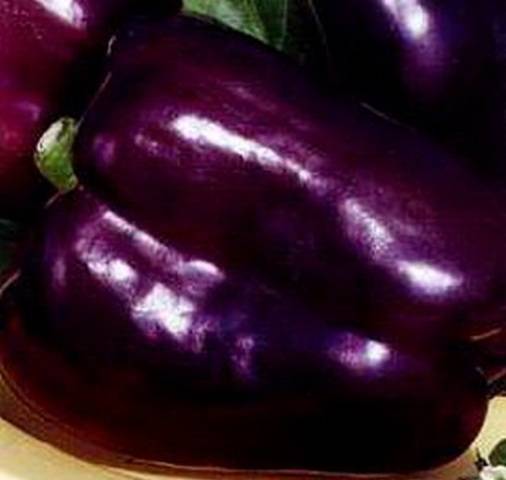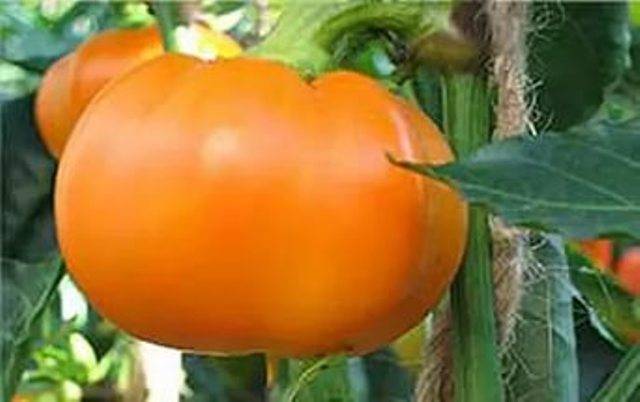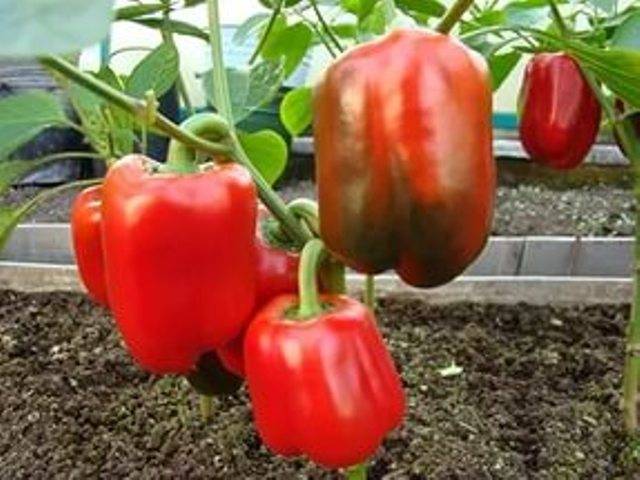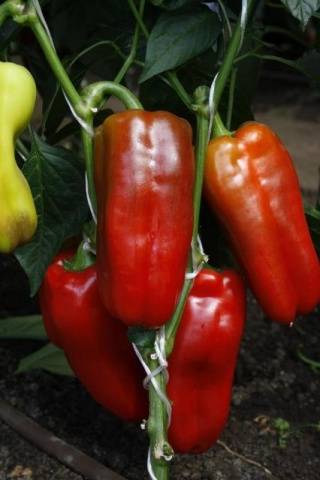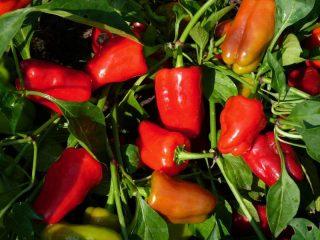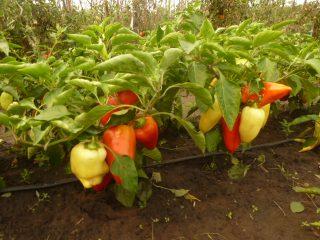Content
When choosing a variety, gardeners, as a rule, focus not only on yield, but also on the marketability and taste of the fruit. Thick-walled sweet pepper is one of the brightest representatives of the most popular among farmers and summer residents, because it is its varieties that are suitable for use in salads, are used for stuffing and frying, canning and freezing for the winter. The mere appearance of a large and beautiful pepper with thick walls, grown on a personal plot, causes a smile and a sense of pride among summer residents.
How to choose the best variety
Sooner or later, every farmer faces the choice of the best variety. Those who have been doing this for several years, of course, want to multiply their successes and try something new. And for beginners, their eyes run wild when they see the assortment of planting material on the shelves of stores and markets. Every year it becomes more and more, because the selection does not stand still, bringing out new best varieties of culture.
But why does the beautiful, seemingly thick-walled pepper shown in the picture with seeds not grow on your site, and if it does yield, then in the smallest quantities? How to choose the best variety thick-walled sweet pepper, and what nuances need to be considered when choosing?
Pay attention to the fact that the homeland of sweet pepper is the countries of Central America, therefore the culture is very fond of warm air and warmed soil. No matter how the planting material is adapted to the conditions of growing it in Russia, not every variety can give a good stable harvest in central Russia or in Siberia. In these regions, gardeners prefer early and mid-season sweet peppers, and thick-walled ones are usually those with a growing season of 120 days or more.
Novice gardeners ask if thick-walled peppers can be grown in greenhouses and greenhouses. The answer to this question is unambiguous: if you have such an opportunity, then this will be the best solution for obtaining high and high-quality yields. In a greenhouse, you can give the seedlings everything they need, from the temperature regime to minimizing the risks of sharp drops in temperatures in the air and on the soil.
Note the thick-walled sweet pepper hybrids. Today Dutch and Italian breeders are making every effort to supply the Russian markets with only high-quality planting material adapted to the local climate. In addition, when bred, hybrids receive the best quality characteristics from their "progenitors", and their fruits are unusually beautiful and tasty.
The best varieties for a temperate climatic zone
Today, summer residents of the southern regions and central Russia have the opportunity to get good yields of thick-walled peppers in greenhouses and on open ground. Here are just a few popular varieties to grow in these climates:
Vanguard
This variety gives high quality yields when grown in open areas and under film shelters. Belongs to the category of mid-ripening, with a full ripening period of 120 days. The bush is tall and spreading, therefore it requires additional supports and a garter.
The fruits of the pepper are prism-shaped, the skin is colored red at biological maturity. Wall thickness - from 7 mm and more, with an average fruit weight of 250-300 grams. "Avangard" is considered one of the most productive thick-walled peppers. From 1m2 harvest up to 10 kg of beautiful and juicy fruits. In addition, this particular variety is famous for its keeping quality and resistance to long-term transportation, therefore it is popular with farmers who grow peppers for sale.
Grandee
Sweet pepper "Velmozha" feels good in open ground in the southern regions and under film shelters in summer cottages in central Russia. Belongs to the category of mid-season. The period of full maturation does not exceed 120 days, subject to regular fertilizing with mineral fertilizers. The plant is tall, spreading. When grown in greenhouses and on open plots of land, it needs a garter.
Pepper fruits have a prismatic shape, colored in a rich yellow color. The average weight is 250-300 grams, and the fruit wall thickness is 7-8 mm. "Velmozha" has an unsurpassed juicy taste and is suitable for universal use. 5-6 kg of beautiful fleshy pepper is removed from one bush during the harvesting period.
hippopotamus
Mid-season, thick-walled variety with beautiful and large dark red fruits. The bush is medium-sized, semi-spreading. The plant feels great in open ground if the seedlings are transferred to a previously prepared and warmed soil. The ripening period for fruits is 115-120 days.
"Hippopotamus" refers to those varieties that give "friendly" harvests. Despite the fact that the fruit is small in size, and its average weight is 150-170 grams, the wall thickness is 7-8 mm. "Hippopotamus" cannot be attributed to high-yielding varieties, since up to 2 kilograms of fruit are removed from one bush, no more. But if you plant a few bushes of seedlings for making salads or culinary processing, you will get a delicious, fleshy and very aromatic product.
Siberian gold
This mid-season variety gives high yields both on open ground and under film shelters. It is no coincidence that sweet pepper received this name, because it is quite resistant to cold snaps in the air and on the soil. The bush is of medium height, semi-spreading, in greenhouse conditions it can reach a height of 1 meter or more, so when planting it in shelters, do not forget that you may need an additional garter.
Beautiful prismatic fruits of universal use, weighing from 230 to 250 grams, with a wall thickness of 8-10 mm. The skin of the fruit is dense, dark yellow in biological maturity, and green in technical maturity. From one plant during the period of biological ripeness of the variety, up to 5-6 kg of fruits are harvested.
Erivan F1
A mid-season fairly productive hybrid with a fruiting period of 115-120 days from the day the planting material hatches. Fruits are small, conical. During the growing season, the peel of the pepper is colored yellow, in the biological maturity of the fruit - a rich red. The wall thickness does not exceed 8-9 mm, but this variety belongs to the category of the best in taste. Up to 5-6 kg of fruits are harvested from one bush during the harvest period.
Othello F1
The hybrid belongs to the early maturing varieties of thick-walled peppers. Designed for growing in greenhouses and tunnel film greenhouses. If Othello seedlings are planted in the open ground of the southern regions of Russia, at first it is recommended to cover it with a film or do any other protection from winds and low night temperatures.
From the first germination to the time of appearance of ripe fruits, a little more than 100 days pass. The Othello pepper bush is undersized, and even in indoor conditions rarely exceeds 70 cm. The hybrid got its name due to the colorful color of the fruit. In the process of ripening, the pepper on the bush is colored purple color, but as soon as the growing season comes to an end, the fruits turn brown. The wall thickness is 7-8 mm, with an average weight of one pepper - 150-200 gr.The distinctive features of the Othello hybrid include amicable and high yield. From 1m2 remove up to 8-9 kg of fruit.
Varieties of thick-walled sweet peppers for the Moscow region
For residents Moscow suburbs and summer residents leaving the city for the summer, the assortment of planting material for sweet pepper is so large that it is quite difficult to figure out which variety to choose. If you decide to grow a thick-walled sweet pepper variety on your site, pay attention to the following varieties and hybrids:
Florida
An early maturing variety of pepper that gives good yields in greenhouses and greenhouses. The growing season is 105-110 days. Despite the fact that the Florida pepper variety does not grow higher than 60 cm, the plant has a sprawling bush and requires additional pinching during the growth of seedlings.
The fruits have a semicircular shape, the skin is dense, glossy, during ripening it turns into a rich yellow color. By itself, the "Florida" pepper is small, during the period of biological maturity its weight barely reaches 120 grams, however, the wall thickness at this moment can be up to 10-12 mm. The variety is distinguished by its excellent "friendly" yield and excellent taste.
F1 Cube
A hybrid with an average growing season. Bred for planting in a temperate climatic zone. The period of biological ripeness falls on the 120th day. The bush reaches a height of 90-100 cm in open areas, and up to 120 cm in greenhouse conditions.
The fruits are fully consistent with the name, have an even cube shape. Small in size - 10-12 cm. The skin is dense, colored red. The average weight of one sweet pepper "Cube" is 180-200 gr, with a wall thickness of 8-9 mm. Distinctive features of the hybrid - high yield with regular fertilizing with mineral fertilizers. From one bush in closed greenhouses and greenhouses, you can harvest up to 7-8 kg of the crop.
My general F1
A hybrid bred for cultivation in open ground and under film tunnel shelters. The height of the bush is up to 100 cm. The plant is semi-spreading, which does not require additional formation. The growing season does not exceed 120 days from the first emergence of seedlings.
The fruits are in the shape of a cube, at the time of full biological maturation they are colored dark red. Pepper "My General" - large and very meaty. Fruit weight can be up to 300 grams, with an average wall thickness of 8-10 mm. Distinctive features of the hybrid are resistance to TMV and temperature extremes in the air and on the soil.
Golden Rain
An early ripe variety with beautiful large lemon fruits, growing well in central Russia and southern regions. The fruiting period begins on the 110th day from the first shoots of seedlings. Bushes grow no more than 70 cm. Since the plant is compact, the density of planting seedlings in open ground and greenhouses can be slightly increased.
Pepper "Golden Rain" during the ripening period weighs from 100 to 180 grams, with a wall width of up to 8 mm. Distinctive features of the variety are excellent taste, resistance to TMV. In a productive year from 1m2 up to 5-6 kg of crop can be harvested.
Conclusion
When choosing planting material for thick-walled sweet peppers, be sure to pay attention to the climatic zone in which it is grown. Do not forget to consult with experienced gardeners about regular watering and nutrition of the pepper. Remember that this culture is quite thermophilic, and in open ground it is prone to withering during sudden temperature changes, or, conversely, if the heat persists for too long.
For more information on growing thick-walled peppers, see the video:
